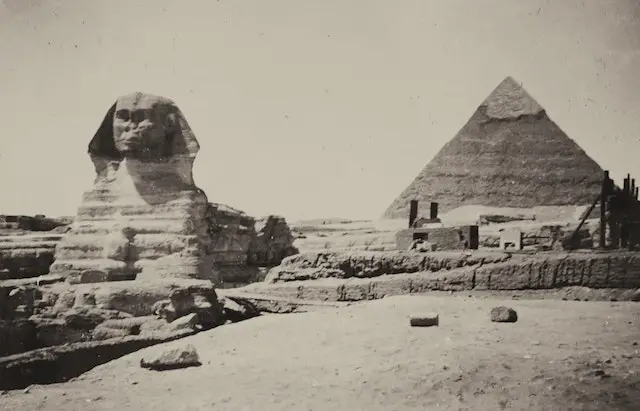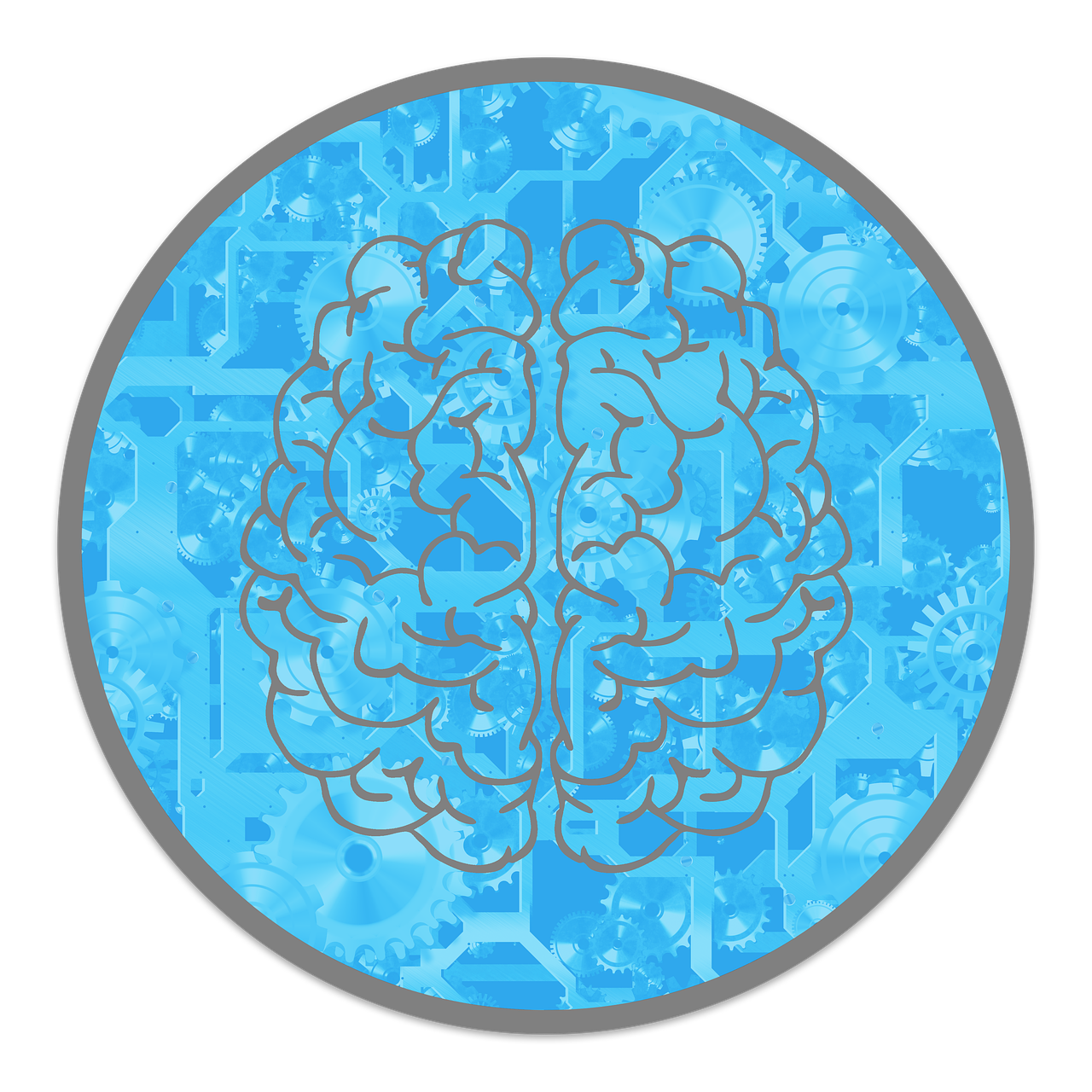
Join us on an enthralling journey back in time as we delve into the Middle Egyptian Kingdom.
We’ll unravel the intriguing aspects of its ascent, the societal and cultural transformations, the economic heyday, and the hurdles it encountered.
This era played a pivotal role in shaping the rich tapestry of ancient Egyptian history.
The Rise of the Middle Egyptian Kingdom
The Middle Egyptian Kingdom, spanning from around 2055 BC to 1650 BC, served as a bridge between the Old and New Kingdoms of Egypt.
This period is often referred to as the “Classical Age” due to its centralized governance and relative stability.
It witnessed a resurgence in cultural and artistic endeavors, including the creation of literary works like “The Tale of Sinuhe.”
Additionally, trade expanded, connecting Egypt with neighboring regions.
However, external threats and bureaucratic complexities posed challenges.
The Middle Kingdom stands as a transformative and culturally vibrant chapter in Egyptian history.
- Read also: Tomb Robbing in Ancient Egypt
- Read also: 10 Fascinating Egyptian Mythology Facts
Social and Cultural Developments
The Middle Egyptian Kingdom was quite a happening time in terms of social and cultural progress.
The pharaohs of this era were big supporters of art, literature, and architecture. They really invested in these areas.
One of the standout features of this period was the creation of exquisite sculptures like the “Seated Scribe.”
These works were so detailed and meticulously crafted, showcasing the exceptional skills of the artists of that time.
Literature wasn’t left behind either.
The literary gem “The Tale of Sinuhe” is a great example of the creativity that flourished during this period.
It’s a pretty fascinating narrative that gives us a peek into the intellectual and imaginative vibrancy of the Middle Kingdom.
What’s especially cool about all of this is that these cultural developments weren’t just about aesthetics.
They made a deep impact on the day-to-day life and the intellectual landscape of that society, leaving a lasting legacy that enriched both the tangible and abstract facets of life.
Economic Prosperity
The Middle Egyptian Kingdom experienced quite the economic boom.
Stability played a big role in this. They implemented some clever agricultural reforms, like an impressive canal and irrigation system.
This led to abundant harvests, creating a surplus of resources, including grain and precious minerals.
What’s fascinating is that this surplus didn’t just sit around; it fueled a bustling trade network.
Egypt became quite the economic powerhouse, trading its resources with neighboring regions.
This not only made life better for the folks there but also gave a boost to the impressive cultural achievements we’ve been talking about.
So, you could say the economic prosperity of the Middle Kingdom was like a wellspring for both their material and intellectual progress.
Challenges and Conflicts
You know, even during the glorious days of the Middle Egyptian Kingdom, they had their fair share of challenges.
The vastness of the kingdom itself was a bit of a double-edged sword.
On one hand, it was impressive, but on the other, it made governance a bit of a head-scratcher.
So, it’s no surprise that internal conflicts and regional uprisings weren’t exactly rare.
Managing such a large territory and keeping things running smoothly was quite a complex task, to say the least.
And then there were the “Asiatic Campaigns” led by the pharaohs.
These were ambitious military endeavors aimed at subduing neighboring regions.
While they showcased the might of the Middle Kingdom, they also brought their own set of challenges, especially on the logistical and administrative fronts.
It’s a stark reminder that even the most prosperous and extensive kingdoms face their own intricate sets of challenges.
The Middle Egyptian Kingdom’s ability to navigate these challenges within the context of its grandeur is indeed a fascinating aspect of its history.
The Second Intermediate Period
As we bid farewell to the Middle Kingdom, we enter the enigmatic Second Intermediate Period.
This phase witnessed a weakening of central authority in Egypt, setting the stage for significant changes.
The pivotal moment arrived when the Hyksos, a Semitic people, took control of Lower Egypt.
This marked the end of the Middle Kingdom and signified a shift in Egypt’s historical landscape.
The story of Egypt was entering a new chapter, filled with uncertainty and transformation.
- Read also: Unraveling the Mysteries of Ancient Egyptian Tombs
- Read also: Kush Empire Timeline
Conclusion
The Middle Egyptian Kingdom is truly a remarkable slice of Egypt’s history.
Its influence is like an echo that’s continued for ages, gifting us a legacy steeped in art, culture, and economic prowess.
It was a time when innovation thrived, prosperity abounded, and, of course, they had their fair share of challenges – all of which played a pivotal role in shaping the story of ancient Egypt.
FAQs
The Middle Egyptian Kingdom was pivotal in Egypt’s history, as it marked a period of stability, prosperity, and cultural flourishing, serving as a bridge between the Old and New Kingdoms.
The Middle Kingdom was known for its impressive art, literature, and architecture. Notable works include the “Seated Scribe” statue and “The Tale of Sinuhe.”
The economic prosperity, driven by agricultural reforms and trade, elevated Egypt to a dominant and influential position in the ancient world.
The Second Intermediate Period followed the Middle Kingdom, marked by weakened central authority and the invasion of the Hyksos, resulting in the end of this prosperous era.



